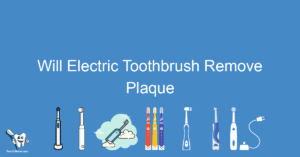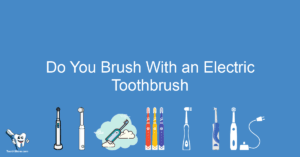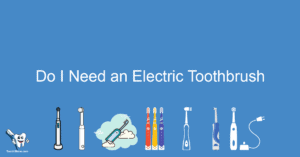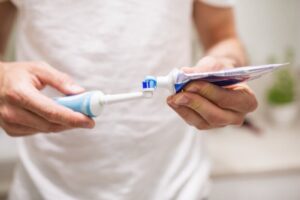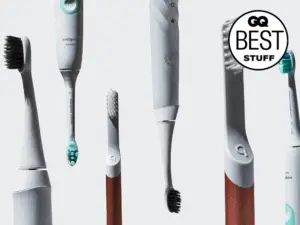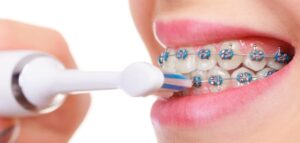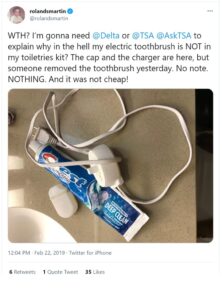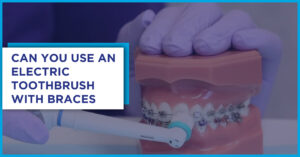
Get rid of bad oral hygiene habits for good! Electric toothbrushes are the best choice for better oral health. Get a better smile and healthier gums with an electric toothbrush. Save your time and money with the best electric toothbrush for your teeth.
Introduction
An electric toothbrush is a toothbrush that makes fast, automatic bristle movements, either back-and-forth oscillation or rotation-oscillation, in order to clean teeth. All electric toothbrushes perform more or less the same function, but there are variations in the way they do it.
History
The electric toothbrush was invented by Swiss dentist Philippe-Guy Woog in 1954. Woog intended the product to facilitate tooth brushing for people with motor-skills impairments and those who wore braces. Mass production began in 1959 with the introduction of the toothbrush to the United States by E.R.
How It Works
An electric toothbrush is a toothbrush that uses an electric motor to rotate the brush head. The motor rotates the brush head at a much higher speed than a manual toothbrush, which makes it more effective at removing plaque and tartar. Electric toothbrushes also come with a variety of features, such as timers and pressure sensors, that make them even more effective at improving oral health.
Different Types of Electric Toothbrushes
Choosing the right toothbrush can be overwhelming with all of the different options on the market. There are manual toothbrushes, electric toothbrushes, and even sonic toothbrushes. With so many options, it can be hard to determine which toothbrush is best for you. In this guide, we will go over the different types of electric toothbrushes so that you can make an informed decision on which one to buy.
The first type of electric toothbrush is the rotating brush. This brush has a head that rotates in a circular motion. The bristles on the brush head spin around and clean your teeth just like a manual toothbrush would. The main advantage of using a rotating brush is that it is very effective at removing plaque and bacteria from your teeth. If you are looking for an electric toothbrush that will give you a thorough clean, then a rotating brush is a good option for you.
The second type of electric toothbrush is the sonic brush. Sonic brushes are very similar to rotating brushes; however, they use sound waves to clean your teeth instead of spinning bristles. Sonic brushes are very effective at removing plaque and bacteria from your teeth and they are also gentle on your gums. If you have sensitive gums, then a sonic brush may be a good option for you. Sonic brushes typically come with several cleaning modes that you can choose from.
The most popular modes are “clean” and “sensitive”. Clean mode is best for people who want a thorough clean and do not have sensitive gums. Sensitive mode is best for people who have sensitive gums or who want a gentle cleaning experience.
Advantages of Using an Electric Toothbrush
There are many advantages of using an electric toothbrush over a manual one. First, electric toothbrushes are much more effective at removing plaque and bacteria from your teeth and gums. In fact, studies have shown that they can remove up to 100% more plaque than manual brushing alone.
Another advantage of electric toothbrushes is that they can help to reduce the incidence of gum disease. Gum disease is caused by the build-up of plaque and bacteria along the gum line, and can lead to inflammation, redness, and bleeding. However, electric toothbrushes can help to remove plaque and bacteria more effectively, which can reduce the likelihood of developing gum disease.
Finally, electric toothbrushes can also help to improve your overall oral health. They can increase the circulation in your gums, which helps to keep them healthy and free from infection. Additionally, they can help to remove staining and discoloration from your teeth.
Disadvantages of Using an Electric Toothbrush
While there are many advantages to using an electric toothbrush, there are also a few disadvantages. Here are some of the potential drawbacks of using an electric toothbrush:
-They can be more expensive than manual toothbrushes.
-They require batteries or need to be plugged in, which can be a hassle.
-Some people find them difficult to use and prefer a manual toothbrush.
-If you don’t use them properly, they can actually damage your teeth and gums.
How to Choose the Right Electric Toothbrush
When choosing an electric toothbrush, there are many factors to consider. Here are a few tips to help you choose the right one for you:
-The first thing to consider is the type of bristles. There are two main types of bristles: nylon and polyester. Nylon bristles are softer and easier on the gums, while polyester bristles are harsher and more effective at removing plaque.
-The second thing to consider is the size of the brush head. The brush head should be large enough to cover all of your teeth, but not so large that it is difficult to maneuver.
-The third thing to consider is the battery life. Most electric toothbrushes will need to be rechargeable, so you will want to make sure that the one you choose has a long battery life.
-The fourth thing to consider is the price. Electric toothbrushes can range in price from around $20 to over $100. It is important to find one that fits your budget and your needs.
How to Use an Electric Toothbrush
An electric toothbrush is a great way to get your teeth clean and keep them healthy. Here are some tips on how to use an electric toothbrush:
– Wet your toothbrush and apply toothpaste to the bristles.
– Put the brush against your teeth and turn it on.
– Gently move the brush back and forth across your teeth, using circular, back-and-forth, or other motions as recommended by the manufacturer.
– Brush for two minutes, or as long as recommended by the manufacturer.
– Spit the suds into the sink and rinse your mouth and toothbrush with water.
– Turn off the toothbrush and rinse it with water.
– Store the brush in a dry place.

